
Xplor reconnects kids to nature and helps them find adventure in their own backyard. Free to residents of Missouri.


































Stay in Touch with MDC news, newsletters, events, and manage your subscription

Xplor reconnects kids to nature and helps them find adventure in their own backyard. Free to residents of Missouri.

A monthly publication about conservation in Missouri. Started in 1938, the printed magazine is free to residents of Missouri.
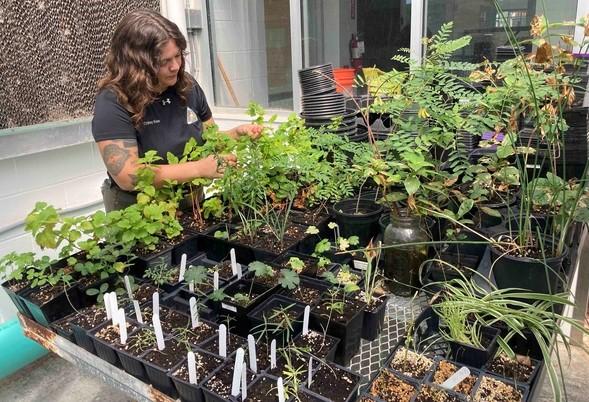
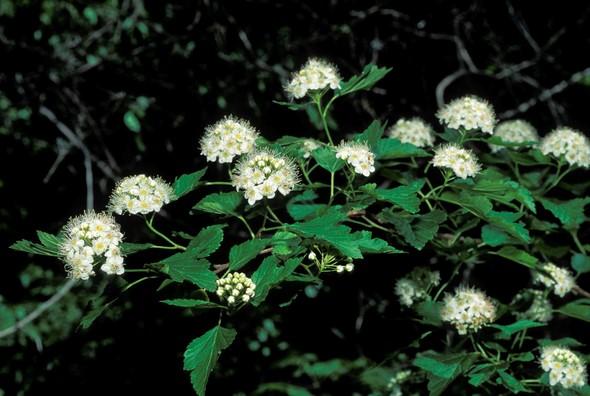
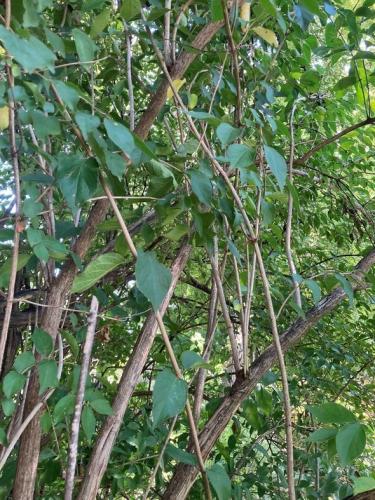
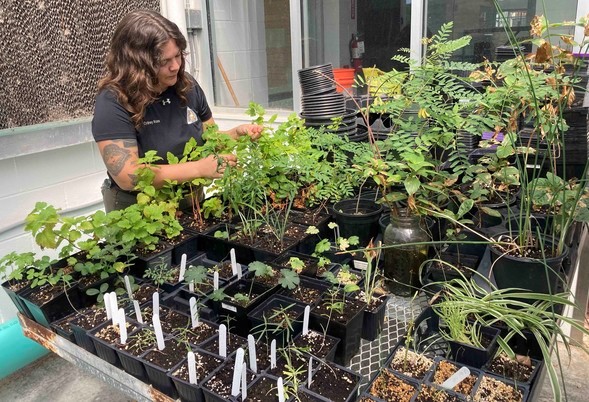
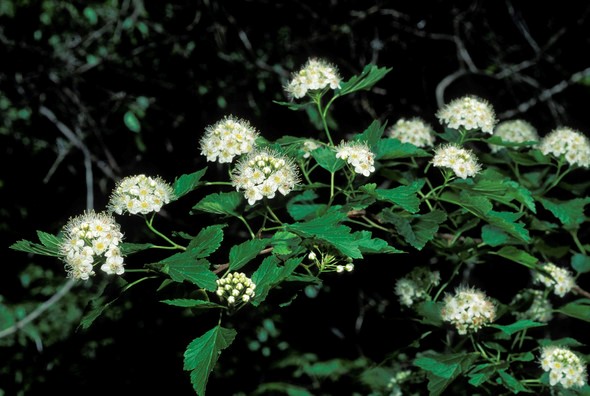
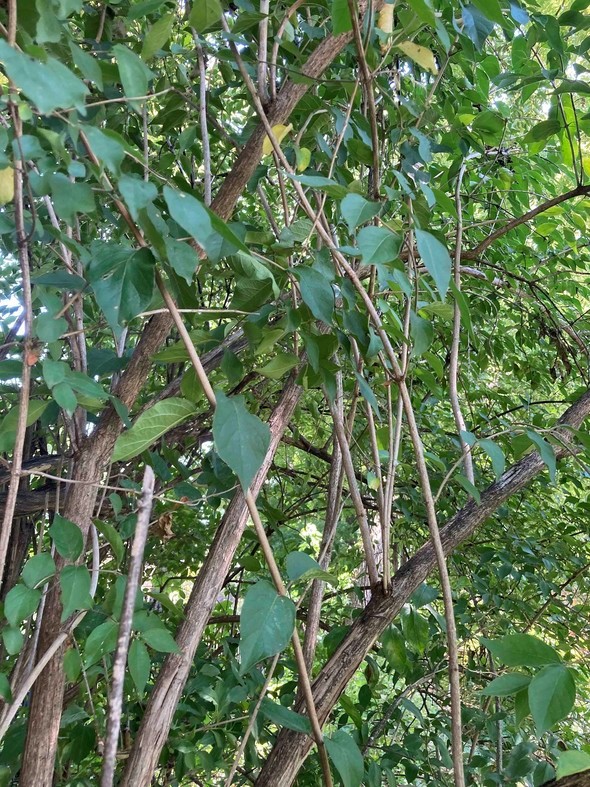
Kansas City, Mo. – Bush honeysuckle is an aggressive, invasive plant that’s become a scourge in the Kansas City metro area. The Missouri Department of Conservation (MDC) is seeking citizen help in controlling it. MDC will offer a Honeysuckle Trade-in event from 10 a.m. to 2 p.m. on Saturday, Sept. 10, at the Anita B. Gorman Discovery Center, 4750 Troost Ave. Bring photos of bush honeysuckle removal and the Discovery Center staff will provide free native plants to take home.
Some of the native plants offered will include ninebark, indigo bush, button bush, flowering dogwood, and perhaps some other selections. A few species come from native plant nurseries. But most that will be offered in pots ready for transplant are seedlings from the Discovery Center’s native plant gardens. The seedlings will be six to 24 inches tall depending on species and age. Fall is a good time to plant natives, which benefit butterflies, birds, and other wildlife.
“They are ready to go in the ground or they can sit in the pots until people are ready to transplant them,” said Alix Daniel, MDC native landscape specialist. “We do a lot of planting here starting at the end of September.”
Daniel will discuss with visitors what natives will work best for their landscaping goals.
But first, remove the invaders. Bush honeysuckle is native to Eurasia and was brought to the United States as an ornamental. But beginning in the 1980s scientists realized it was highly invasive, outcompeting and crowding out native plants needed by wildlife and natural ecosystems. They can also create thick, tangled growths in a forest understory that people find difficult to walk through. The earliest shrubs to turn green in spring and the latest ones to stay green in autumn are usually bush honeysuckle. That extra growth time boosts their competitiveness. They have spread throughout the Kansas City metro complex and can be found in backyards and public lands.
Autumn is a good time to locate and remove bush honeysuckle. Two species are present in the area, and both become more noticeable as native trees and shrubs lose their leaves. Seedlings can be hand pulled from the ground. More mature plants can be cut off and the stumps treated with herbicide. In large areas infested with bush honeysuckle, where feasible, prescribed burns can be a control method.
Photos on cell phones will work fine for trade. For more information, call the Gorman Discovery Center at 816-759-7300.
To learn more about bush honeysuckle and ways to control it on your property, visit https://short.mdc.mo.gov/ZtY.